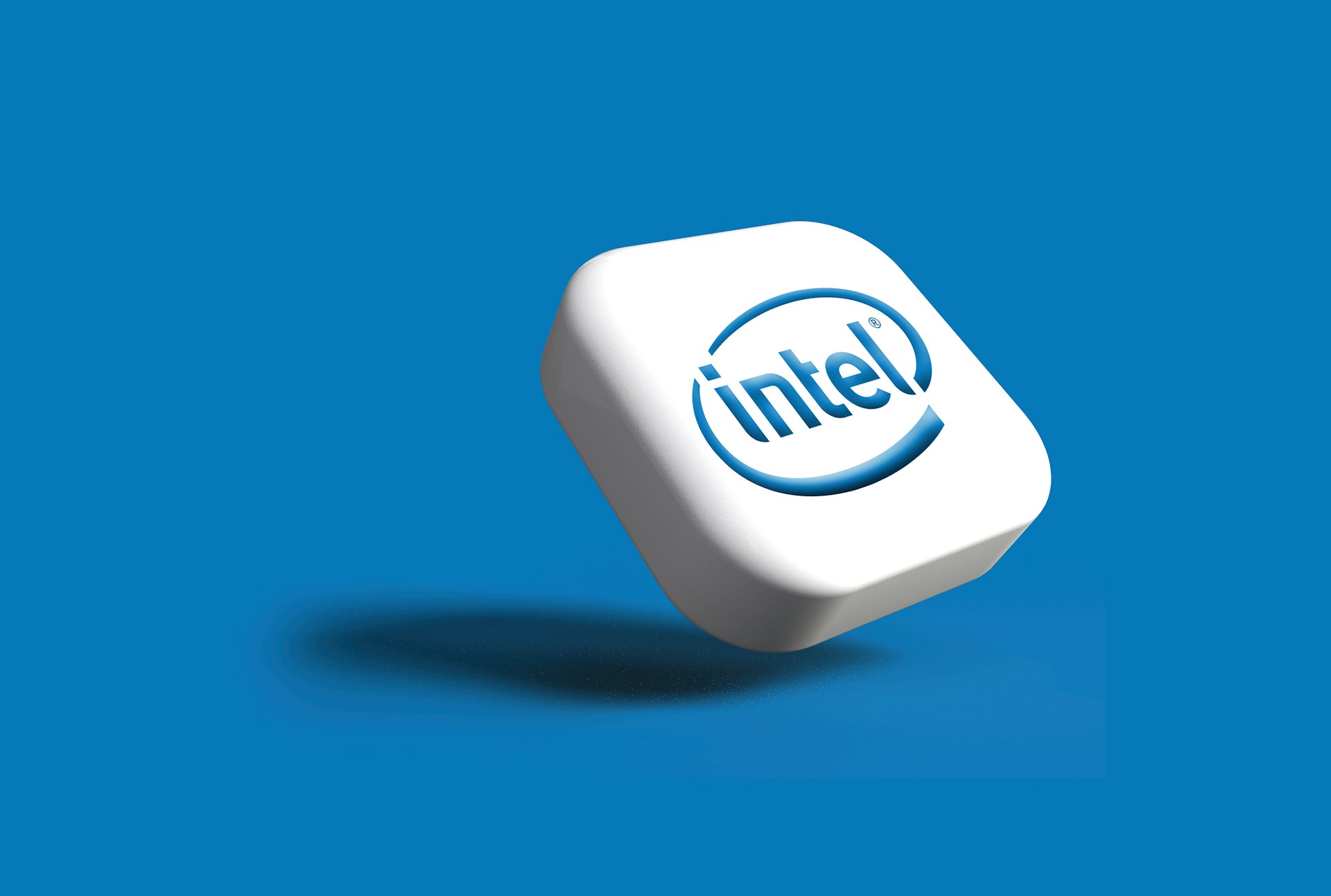Intel caused quite a stir this past week after it announced that it would be letting go of thousands of employees as part of a broader cost-cutting plan to save billions in dollars. Joining the staff members on the chopping block: office fruit.
In a town hall announcing the layoffs, the company said it would “cancel complimentary fruit and beverage” and “right-size dining programs,” according to a screengrab shared with Gamers Nexus.

The announcement came as Intel posted a Q2 loss of $1.6 billion, which compared to a profit of $1.5 billion a year ago, even though the company’s revenue remained largely flat year-over-year at $12.8 billion.
Things don’t look too bright for the future either as Intel said it expects to post a loss again this year during Q3 and will stop paying out a dividend altogether starting in Q4, presumably to save money.
Investors weren’t too happy with the announcements and pummeled the stock so hard that it lost a quarter of its value in a single day.

Intel employees weren’t happy either as the company announced a 15% headcount reduction as part of a broader cost saving plan to conserve $10 billion. According to The Verge, the layoffs could impact as much as 19,000 people.
“Our revenues have not grown as expected – and we’ve yet to fully benefit from powerful trends, like AI. Our costs are too high, our margins are too low. We need bolder actions to address both,” Intel CEO Pat Gelsinger said in a memo to employees after announcing the Q2 results.
As Gamers Nexus put it, Intel is perhaps one of the only big tech companies that, despite following the AI fad, is losing out. No wonder then why the Wall Street Journal put out a news piece saying Gelsinger’s dream job had taken on a nightmarish turn.
“This is the hardest thing I’ve done in my career,” Gelsinger said, which perhaps explains why he tweeted scripture from the Bible after announcing the layoffs.

In some ways, things have gone full circle. Intel dominated the chip market in the 80s and the 90s, and was a titan of the industry at the time Nvidia and AMD were finding their footing in the industry. Now, Intel appears to be a pittance in comparison to both companies.
“Intel has been one of the forgotten horsemen of technology the last couple decades – never overtaking its year 2000 highs and struggling to get earnings back to where they were before the AI revolution,” Michael Schulman, chief investment officer of Running Point Capital, was quoted as saying by Reuters.
👋 Hey! Welcome to HackerNoon. If you want to read more of my work, subscribe to the ‘Tech, What the Heck!?’ newsletter to receive a recap of some of the trending events that are shaping the world of tech. Also, did you know, that you can get published on HackerNoon? Start writing today and engage with millions of technologists just like yourself!
Intel’s issues seem to stem from the company playing second fiddle to its competitors on two fronts: losing a battle against Taiwan’s TSMC on the foundry front and struggling to keep up with Nvidia and AMD on AI chips.
In fact, for a long time, Intel’s engineers found the video gaming chip architecture (which was far superior in AI intensive loads) as “ugly,” and the company’s management believed that a CPU could more effectively handle processing tasks needed to build and run AI models. Both sides were wrong.
Ironically, Intel was this close to hitting the jackpot that Nvidia eventually ended up striking. In 2017 and 2018, the company had the opportunity to invest in OpenAI but decided against it because then-CEO Bob Swan did not believe generative AI would make it to the market soon enough for it to be worthwhile the $1 billion Intel would have had to pay for a 15% stake.
OpenAI also offered a further 15% stake if Intel agreed to make hardware for it at cost price — but the company refused, leaving OpenAI to rely on Nvidia’s chips instead. Imagine how much Intel could have gained by building hardware for AI.
Instead, the company was caught with its pants down when the AI boom hit: without a chip that could meet businesses’ demand.
The company says it is working on launching an AI chip in 2025 that would contend with what’s on the market right now, but who knows how that would compare to Intel’s competitors, and how much more the company would have lost by then.
As somebody from Hacker News recently put it: there’s a real possibility that Intel may fade out of existence just like all the juggernauts of the 70s and the 80s.

This was Part 2 of HackerNoon’s round up of quarterly earnings.
In Other News.. 📰
- Bitcoin’s Impending ‘Death Cross’ May Trap Bears as Bank of Japan Eases Rate Concerns — via CoinDesk
- Automattic launches AI writing tool that aims to make WordPress blogs more readable and succinct — via TechCrunch
- Meta must do more to address non-consensual, deepfake porn, Oversight Board says — via CNN
- Amazon Prime Video plots Hollywood expansion — via Reuters
- Hackers to back Harris at Vegas fundraiser — via Axios
- Google’s antitrust ruling has experts looking to 25-year-old Microsoft case for answers — via CNBC
This article was originally published by Sheharyar Khan on HackerNoon.












